Omnitron iConverter T3/E3 User manual
- Category
- Network media converters
- Type
- User manual
Omnitron iConverter T3/E3 is a media converter that extends distances over fiber, improving noise immunity, quality of service, intrusion protection, and network security. It supports T3 (44.736 Mbps) or E3 (34.368 Mbps) coax to fiber conversion and operates in pairs, enabling you to connect devices like PBXs, multiplexers, routers, and video servers via fiber.
Omnitron iConverter T3/E3 is a media converter that extends distances over fiber, improving noise immunity, quality of service, intrusion protection, and network security. It supports T3 (44.736 Mbps) or E3 (34.368 Mbps) coax to fiber conversion and operates in pairs, enabling you to connect devices like PBXs, multiplexers, routers, and video servers via fiber.


-
 1
1
-
 2
2
Omnitron iConverter T3/E3 User manual
- Category
- Network media converters
- Type
- User manual
Omnitron iConverter T3/E3 is a media converter that extends distances over fiber, improving noise immunity, quality of service, intrusion protection, and network security. It supports T3 (44.736 Mbps) or E3 (34.368 Mbps) coax to fiber conversion and operates in pairs, enabling you to connect devices like PBXs, multiplexers, routers, and video servers via fiber.
Ask a question and I''ll find the answer in the document
Finding information in a document is now easier with AI
Related papers
-
Omnitron Systems Technology iconverter t3 User manual
-
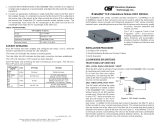 Omnitron Systems Technology iConverter T1/E1 User manual
Omnitron Systems Technology iConverter T1/E1 User manual
-
Omnitron Systems Technology 2FXM2 Quick Start
-
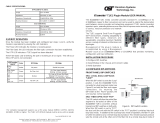 Omnitron Systems Technology iConverter T1/E1 Plug-in Owner's manual
Omnitron Systems Technology iConverter T1/E1 Plug-in Owner's manual
-
Omnitron iConverter T1/E1 Specification
-
 Omnitron Systems Technology iConverter RS232 User manual
Omnitron Systems Technology iConverter RS232 User manual
-
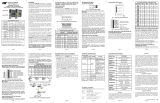 Omnitron Systems Technology RS422/485 User manual
Omnitron Systems Technology RS422/485 User manual
-
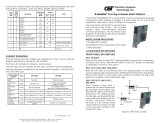 Omnitron Systems Technology iConverter x21 User manual
Omnitron Systems Technology iConverter x21 User manual
-
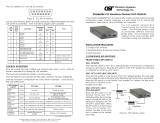 Omnitron Systems Technology iConverter X21 Standalone User manual
Omnitron Systems Technology iConverter X21 Standalone User manual
-
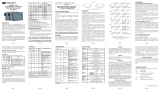 Omnitron Systems Technology FlexPoint GX/T User manual
Omnitron Systems Technology FlexPoint GX/T User manual
Other documents
-
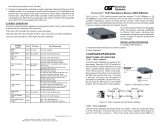 Omnitron Systems Technology iconverter t3 User manual
Omnitron Systems Technology iconverter t3 User manual
-
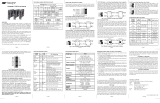 Omnitron Systems Technology iConverter T3/E3 User manual
Omnitron Systems Technology iConverter T3/E3 User manual
-
 Omnitron Systems Technology iConverter 2GXM2 Plug-in Quick Start
Omnitron Systems Technology iConverter 2GXM2 Plug-in Quick Start
-
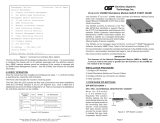 Omnitron Systems Technology iConverter 2GXM2 Standalone Quick Start
Omnitron Systems Technology iConverter 2GXM2 Standalone Quick Start
-
Omnitron Systems Technology 2FXM2 User manual
-
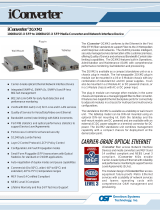 Omnitron Systems Technology 2GXM2 User manual
Omnitron Systems Technology 2GXM2 User manual
-
Blue Sea Systems 4121 Operating instructions
-
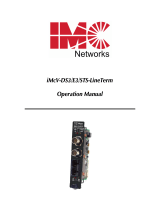 IMC Networks iMcV-DS3/E3/STS-LineTerm, BNC/FX-CWDM-SM1330-SC User manual
IMC Networks iMcV-DS3/E3/STS-LineTerm, BNC/FX-CWDM-SM1330-SC User manual
-
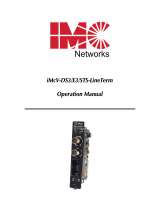 IMC Networks iMcV-DS3/E3-LineTerm User manual
IMC Networks iMcV-DS3/E3-LineTerm User manual
-
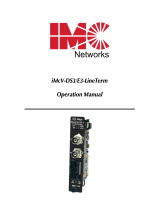 IMC Networks iMcV-DS3/E3-LineTerm Operating instructions
IMC Networks iMcV-DS3/E3-LineTerm Operating instructions
















